

Comprehensive Guide to Fern Plants: Everything You Need to Know
Introduction
Ferns are fascinating non-flowering plants. They reproduce via spores instead of seeds. These plants have an ancient lineage, dating back millions of years. Their diversity is impressive, showcasing various sizes and shapes. Ferns play a vital role in many ecosystems, contributing to biodiversity.
To truly appreciate these leafy wonders, consider adding a Boston Fern Plant to your home. Not only does it add a touch of greenery, but it’s also a natural air purifier that can help improve your indoor air quality. Just think of the compliments you’ll get while basking in the envy of your friends!
Summary and Overview
Ferns are unique plants with distinct characteristics. They thrive in various habitats, from lush tropical rainforests to shaded woodlands. Ferns are essential for many ecosystems, offering shelter and food for wildlife. Their unique reproductive methods, including spore production, set them apart from flowering plants. Ferns help improve soil health and can stabilize environments, preventing erosion. Their presence enhances the beauty of natural landscapes and gardens alike.
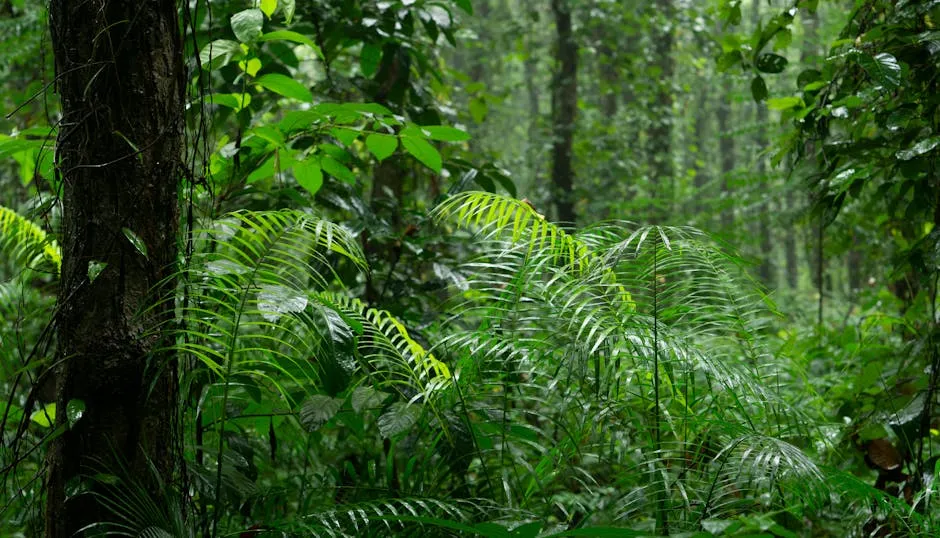
To learn more about how plants contribute to a thriving ecosystem, check out this article on how to enhance biodiversity in your garden for insect support.
Characteristics of Ferns
General Features
Ferns exhibit a range of physical attributes. Their leaves, known as fronds, come in various shapes. Some leaves are pinnate, while others are simple. Ferns can exhibit different growth habits, with some being terrestrial and others epiphytic, growing on trees. The root structure is crucial, providing stability and nutrients.
Ferns vary greatly in size. Some are tiny, measuring just a few centimeters tall, while others, like tree ferns, can reach impressive heights of up to 25 meters. Globally, there are about 10,500 fern species, with estimates suggesting up to 15,000. This incredible diversity is worth exploring, so check out the fern species native to your region!
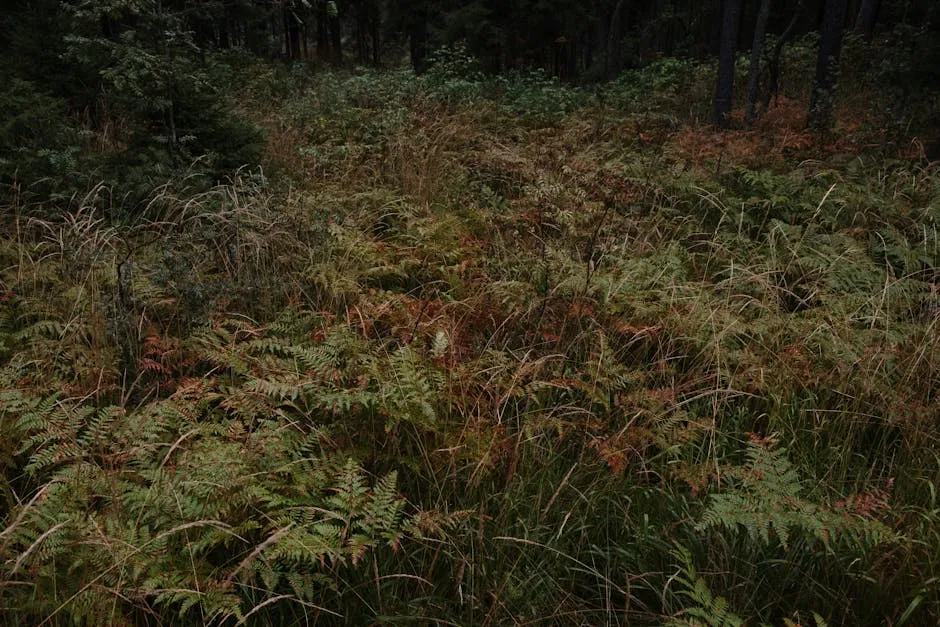
Speaking of exploration, if you’re looking to spruce up your gardening skills, consider grabbing a Fern Care Guide Book. This handy resource will help you avoid the common pitfalls of fern care, like overwatering or neglecting humidity levels. It’s like having a wise old gardener whispering advice in your ear!
Habitat and Distribution
Size Range and Habitat
Ferns thrive in various habitats, showcasing their adaptability. Typically, they prefer moist, shaded areas. You can find them in tropical rainforests, temperate forests, and even rocky outcrops.
These plants vary greatly in size. Some are tiny, while others, like tree ferns, can tower over 25 meters tall. This size range allows ferns to occupy different niches. For instance, small ferns often carpet the forest floor, while larger ones can reach for sunlight above.
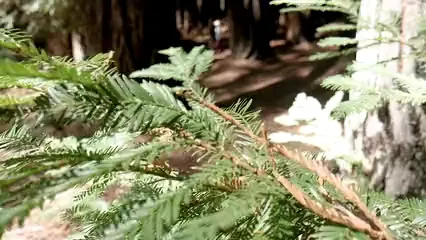
Ferns also play an important role in ecological succession. They help stabilize soil and create conditions for other plants to grow. Countries like Costa Rica boast over 900 fern species, highlighting the rich diversity found in certain regions. If you want to see various fern habitats in person, visit your local botanical garden!
And while you’re there, why not pick up some Gardening Gloves? Protect those precious hands while you dig into the dirt, and let your ferns thrive under your expert care!
Global Distribution of Ferns
Ferns are widely distributed across the globe, but their abundance varies significantly. They flourish in tropical climates, where conditions are ideal for their growth. In contrast, you’ll find very few species in arctic areas.
Notable species thrive on every continent. For example, the bracken fern is widespread in North America and Europe, while tree ferns are more common in Australia and New Zealand. Factors such as temperature, moisture, and light greatly influence their distribution.
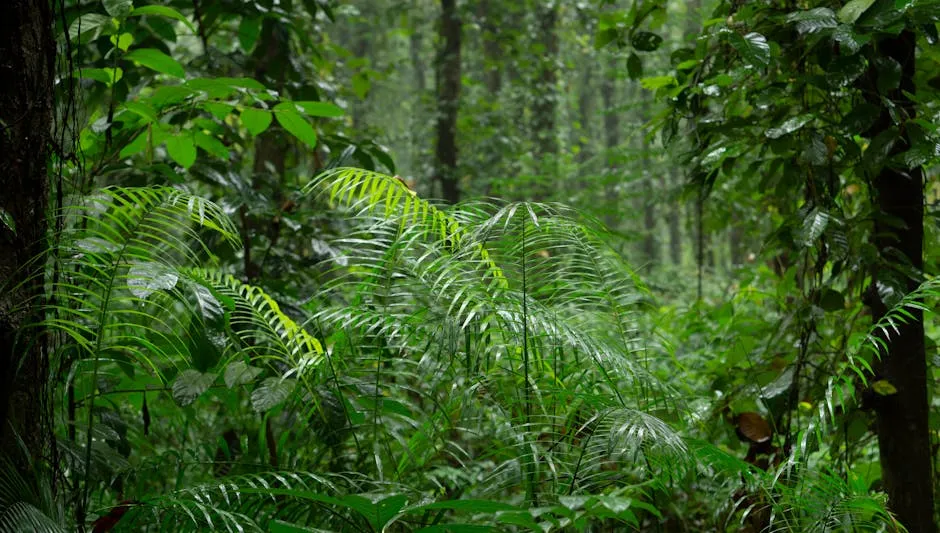
In countries like Ecuador, researchers have documented over 1,600 fern species. This diversity showcases how different climates support various fern types. Have you encountered unique ferns in your area? Share your experiences in the comments!
Importance of Ferns
Ecological Significance
Ferns play a crucial role in ecosystems. They provide habitats for various wildlife species. Birds and insects often find shelter among their fronds. This shelter helps maintain biodiversity in local environments.
Additionally, ferns contribute to the food web. Many animals feed on fern spores and leaves. This interaction supports a balanced ecosystem.
Ferns also help stabilize soil. Their extensive root systems prevent erosion. They retain moisture in the soil, creating a healthier environment for other plants. This ability to maintain soil health is vital, especially in areas prone to drought.

Research shows that ferns can improve soil quality by increasing organic matter. In fact, areas with abundant ferns often have richer, more fertile soil. By planting ferns in your garden, you can help benefit the environment and encourage a thriving ecosystem. For more information, see our guide on composting basics for improving soil health.
If you’re serious about your gardening game, consider investing in a Soil Moisture Meter. This nifty tool takes the guesswork out of watering, ensuring your ferns get just the right amount of moisture—no more drowning or dehydrating your leafy friends!
Uses of Ferns in Human Culture
Ferns have a variety of uses in human culture. In landscaping, many ornamental ferns add beauty to gardens. Popular choices include the Boston fern and maidenhair fern, known for their lush foliage.
Culturally, ferns hold significance in various regions. For instance, in Japan, ferns symbolize resilience and endurance. Many people incorporate them into traditional ceremonies and designs.
Moreover, some fern species have medicinal properties. For example, the bracken fern has been used in traditional medicine for its anti-inflammatory effects. This highlights the importance of ferns beyond aesthetics.
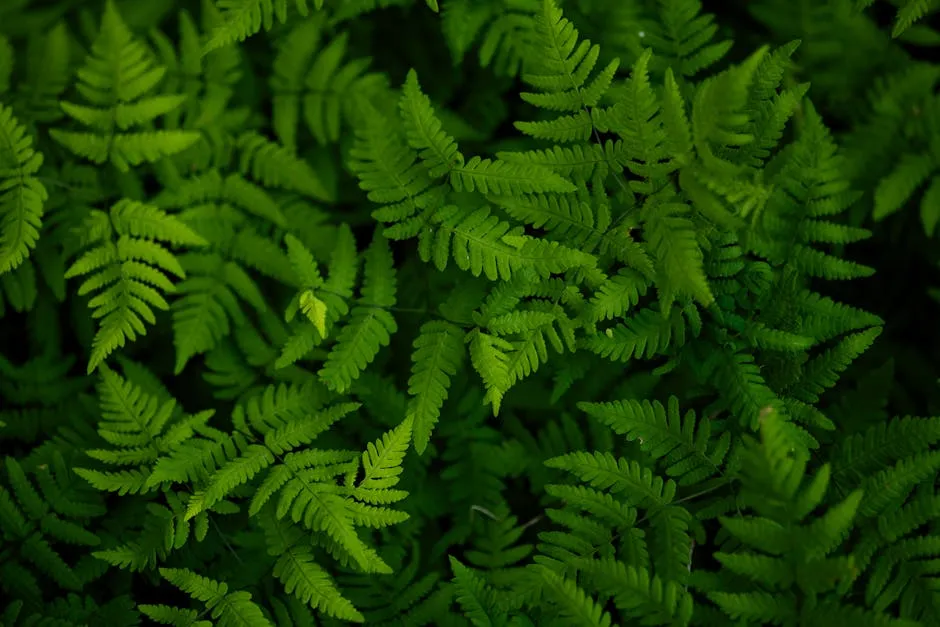
The market for ornamental ferns is on the rise, with trends showing increased demand for unique varieties. As you consider adding plants to your home garden, think about incorporating ferns. They bring beauty and cultural significance, making them a worthwhile choice.
To take your fern care to the next level, consider using Fern Fertilizer. This specialized food will give your ferns the nutrients they need to flourish, making them the envy of all your gardening friends. After all, who doesn’t want a fern that looks like it just came from the cover of a gardening magazine?
Life Cycle of Ferns
Fern Reproduction Methods
Ferns reproduce through two primary strategies: sexual and vegetative reproduction.
In sexual reproduction, ferns produce spores. These spores develop in structures called sporangia, often found on the undersides of fronds. When conditions are right—usually warm and moist—spores are released into the air. They can travel long distances, allowing for colonization of new areas.
Once a spore lands in a suitable environment, it germinates to form a gametophyte. This tiny, heart-shaped structure is crucial for reproduction. It produces male and female gametes, facilitating fertilization. After fertilization, a new fern sporophyte grows, completing the life cycle.
On the other hand, vegetative reproduction allows ferns to spread without spores. Rhizomes, or underground stems, create new plants. This method is faster and ensures the survival of the species in stable environments.

Interestingly, many ferns release spores in the late summer or early fall. This timing maximizes their chances of finding the right conditions for germination. Next time you’re outside, take a moment to observe ferns during different seasons and watch for spore production!
Structure and Function of Ferns
Key Structural Features
Ferns have unique structures essential for their reproduction and survival. One key feature is the sporangia, where spores are produced. These sporangia cluster together to form sori, which are often visible on the fronds.
Sori can appear as small dots or patches on the underside of leaves. This distinctive arrangement not only protects the spores but also aids in their dispersal. When mature, sori burst open, releasing spores into the air.
Another crucial structure is the rhizome. This underground stem helps ferns reproduce vegetatively. Rhizomes store nutrients and water, enabling ferns to survive in various conditions. They also help anchor the plant, providing stability.
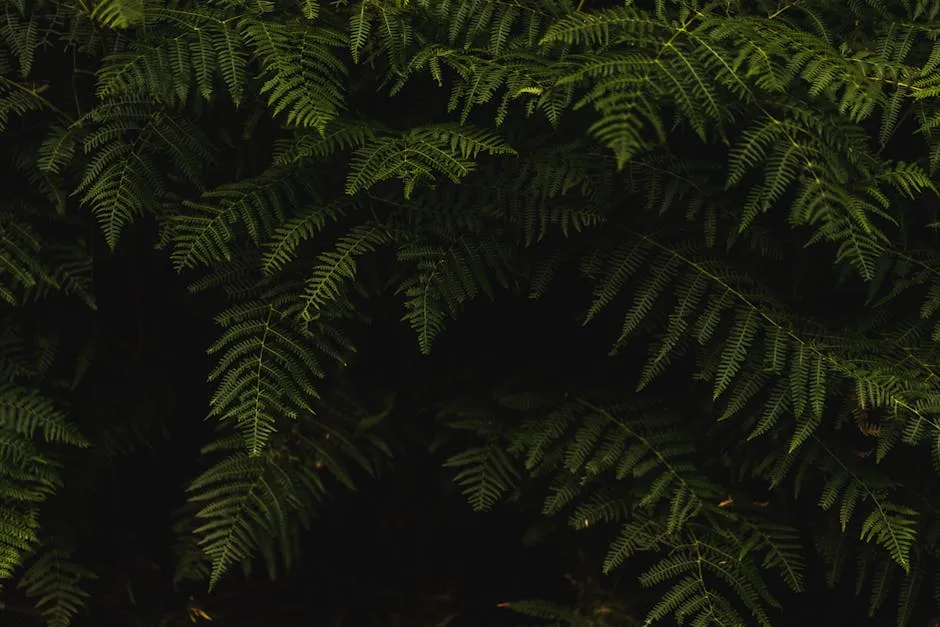
Notably, fern structures can vary widely among species. Some ferns may have tightly packed sori, while others have more widely spaced clusters. Such diversity showcases the adaptability of ferns. Next time you encounter ferns in your area, see if you can identify these fascinating structures!
Specialized Forms of Ferns
Unique Adaptations
Ferns are remarkable for their unique adaptations that help them thrive in various environments. Some fern species adapt to extreme conditions, such as drought or flooding. For instance, certain ferns have evolved thick, waxy leaves to minimize water loss. Others, like the water fern, can float on the surface of water, allowing them to survive in flooded areas.
Epiphytic ferns are another fascinating group. These ferns grow on other plants, typically in rainforests. They have specialized structures to capture moisture and nutrients from the air. This adaptation helps them thrive high above the forest floor, where sunlight is abundant.
Seasonal changes also influence fern growth patterns. In temperate regions, some ferns enter dormancy during cold months. They conserve energy and resources until conditions improve. This ability to adjust to changing climates showcases their resilience.

Statistics reveal that over 900 fern species can be found in Costa Rica alone, highlighting their adaptability in extreme environments. Why not take some time to research unique fern species in your area? You might discover fascinating varieties that thrive in your surroundings!
And if you’re interested in creating a mini jungle of your own, a Terrarium Kit could be just what you need! These kits come with everything you need to create a lush, indoor ecosystem right on your coffee table. Talk about a great conversation starter!
Conclusion
Ferns hold significant ecological and cultural importance. They contribute to biodiversity and help maintain healthy ecosystems. Culturally, they add beauty and symbolism to gardens and landscapes. By appreciating and cultivating ferns in our homes, we can enjoy their beauty and support the environment. Consider adding ferns to your garden, and watch them thrive!
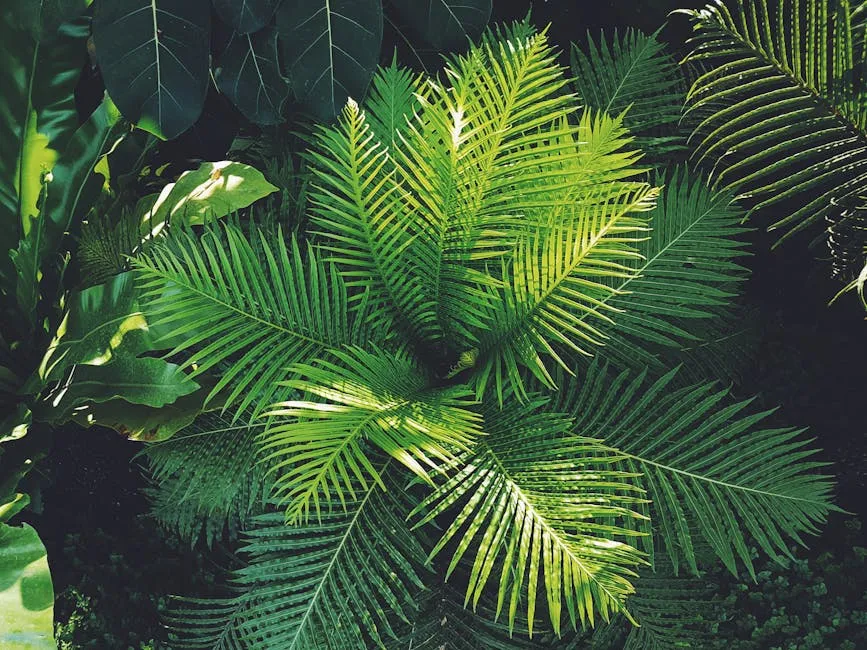
And don’t forget to check out a Botanical Garden Membership for your local gardens! It’s a fantastic way to learn more about plants and perhaps discover even more ferns to add to your collection.
Please let us know what you think about our content by leaving a comment down below!
Thank you for reading till here 🙂
All images from Pexels



